Retail Week goes inside Zara owner Inditex’s northern Spain headquarters to find out how it became the world’s biggest clothing retailer.
The unseasonably warm autumn has left many fashion retailers with mountains of coats left unsold, but Zara’s watertight business model has helped it weather the storm.
“This autumn winter season, at the beginning of the season the number of purchases already committed to was very low. This is the essence of our business model,” says Inditex chairman and chief executive Pablo Isla. “We will continue making decisions during the season. We have this ability to react during the season.”
The so-called fast fashion model that Inditex has pioneered has been pivotal to its phenomenal growth from a small manufacturer based in the small town of Arteixo, in Gallicia, northern Spain to the world’s largest fashion retailer. The group now includes eight brands such as Pull & Bear, Bershka and Massimo Dutti and has more than 6,500 stores in 88 countries.
Inditex was set up in 1963 by Amancio Ortega, now the world’s third richest man. The private Ortega, who still owns almost 60% of the firm, retired in 2011 but is still understood to eat almost every day in Inditex’s company canteen.
Ortega opened his first shop in nearby La Coruna back in 1974 and the business’ premise remains the same as it is today: to sell well-made, relatively cheap clothes made to the latest fashions, designed and produced by Inditex.
He was originally set to name the store Zorba after his favourite movie Zorba The Greek and even had the moulds ready to make the shop’s sign. However, upon discovering a local bar with the same name, thrifty Ortega used the letters to create the Zara name that is now seen on over 2,000 stores around the world.
The fast fashion model
Zara has become synonymous with fast fashion, however Isla - who Ortega passed on the baton to in 2011 - is not a fan of the phrase. “The concept of fast fashion doesn’t completely define what we’re doing. We’re so much more at Inditex. We are offering the latest fashion trends, high quality and affordable prices,” he says.
It sounds simple but to react to consumer demand and get designs from the page onto hangers in store in just three weeks requires a nimble, agile infrastructure.
The connection between Inditex’s stores, in-house designers, commercial teams and factories is unique. Store managers are the conduit to the customers and relay both sales data and customer feedback to its commercial team, who then work with the designers, who sit alongside them in Inditex’s 160,000 sq m head office in Arteixo, to tailor the collection to customer demand.
New designs are produced in small batches and can arrive in store within three weeks. The small production run, combined with its incredibly quick production and delivery times, enables it to back its winners and disregard unpopular items.
This results in a rapidly evolving product range. Unlike other retailers, including those that are struggling to sell coats during this mild autumn, Zara does not have one collection a season but five ‘waves’ of products with new products entering its stores each week.
“Our commercial teams are always working. You can never relax - you have never finished the collection. You are taking decisions all the time,” says Isla.
Stores receive two weekly drops which include new products designed to hit trends. Being fleet of foot is key. Within eight hours of a store manager ordering what they believe its customers want, the stock is picked and packed and ready to leave its distribution centre.
Proximity sourcing
Key to this speed is proximity sourcing and 51% of Zara’s clothing, usually the more trend-led items, is produced close to home. The remainder, more basic items, are sourced further afield such as Asia.
This puts Zara at odds with other global retailers whose production is centred in Asia.
“I remember when we were opening our first store in Taiwan in Taipei,” says Isla. “Typically in our sector you manufacture products in Asia and you try to sell in Europe. In our case, in my store in Taipei we had many labels that said ‘Made in Spain’ and ‘Made in Portugal’.”
All products, regardless of where they are produced, come back to its Spanish hub before being shipped around the world. Through its centralised logistics, it can get products anywhere in the world within 48 hours.
Creating a premium store experience
It is not just Zara’s cutting edge trends that make it a high street favourite. The retailer, which does not advertise, uses its store as its main marketing tool and its premium store format elevates it from many other mainstream retailers.
To ensure its store design is exemplary, Inditex has its own high street featuring all of its fascias, running through a corridor of its immense headquarters.
Before products go to stores, its visual merchandising teams work out how to display it in the model stores.
Zara displays products in ‘cubes’, areas that house a clothing theme or colours. When the internal team are happy with the display, images are sent to store managers to ensure they follow the design.
Fashion is increasingly global
From that one store in La Coruna, Zara has expanded to 88 countries in as far flung places as Panama to the Philippines.
Isla believes its fast fashion model is the key its success. “Fashion trends are more and more global. There is not any additional secret [of its success] apart from the business model and the execution,” he says.
Despite its size, Zara is far from maturity. Each year, it is opening stores in more than sixty countries and Isla believes its expansion will continue for the foreseeable future.
“Our rate of expansion is 8% to 10% in terms of space growth every year. We’ll continue like this for the next three to five years. It has a lot to do with being present in so many different markets,” he says.
Despite its global spread, 20% of its sales still come from its Spanish homeland. However, that could change as its expansion continues and China, where it already has 450 stores and launches on TMall this month, is a top expansion priority, according to Isla.
“China is a very attractive market for us. First of all, Chinese people like fashion very much. Second, because all of the economic development of the country from the evolution of the cities to shopping mall development, to a lot of people moving from the country to the cities. China is a very relevant market for us. The idea is to keep on growing in a significant way there,” he says.
Zara has clearly come a long way since opening that store in La Coruna, but that same business model has remained at its core and has made it as popular in Shanghai as it is in Spain.
Virtual mirrors and self-service tills
Virtual mirrors and self-service tills could be the future of retail, according to Inditex, which is trialling such technology at its Arteixo headquarters.
Its newly developed technology room features mirrors which will allow customers to virtually try on clothing and a self-service terminal, which enables customers to remove RFID security tags and pay for items. Inditex has already piloted the self scan terminal for short periods in some of its stores.
Other technology being explored by the fashion giant includes mobile payment and 3D window projection devices.



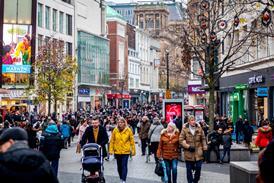


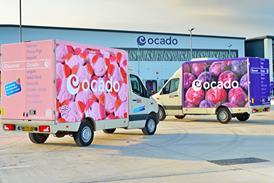


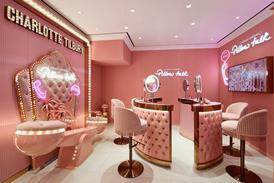
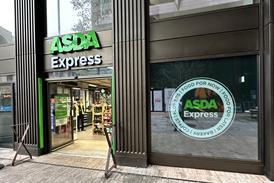


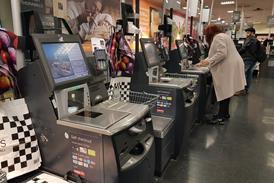





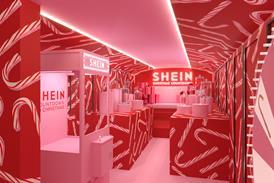


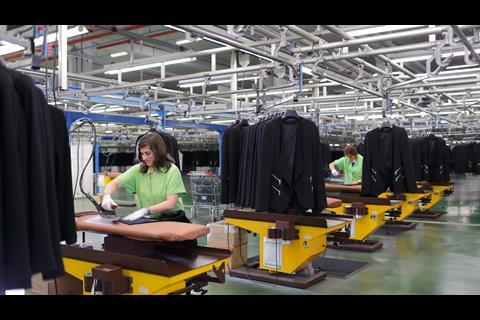
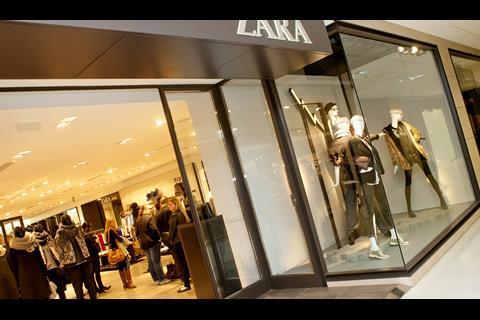
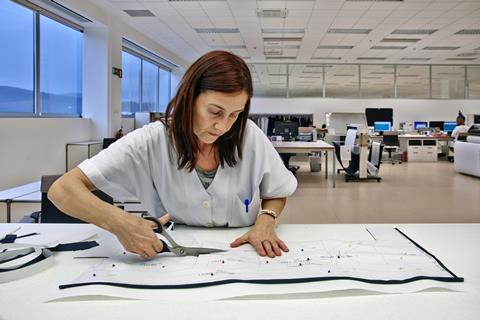
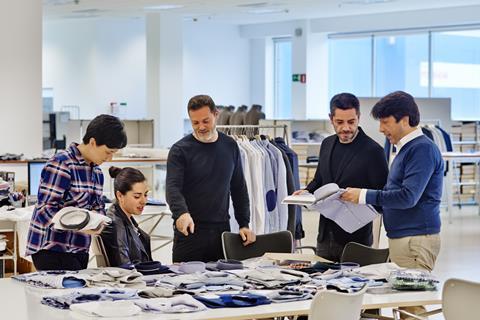
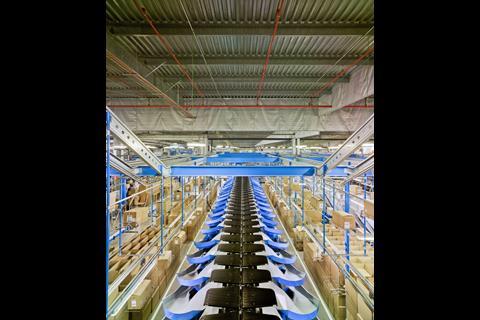
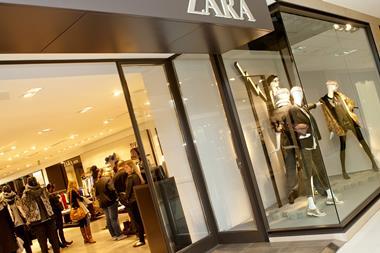
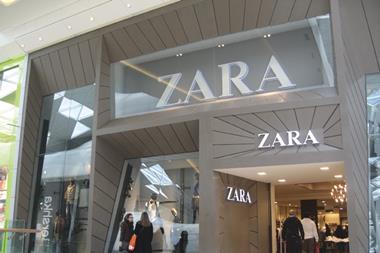




No comments yet